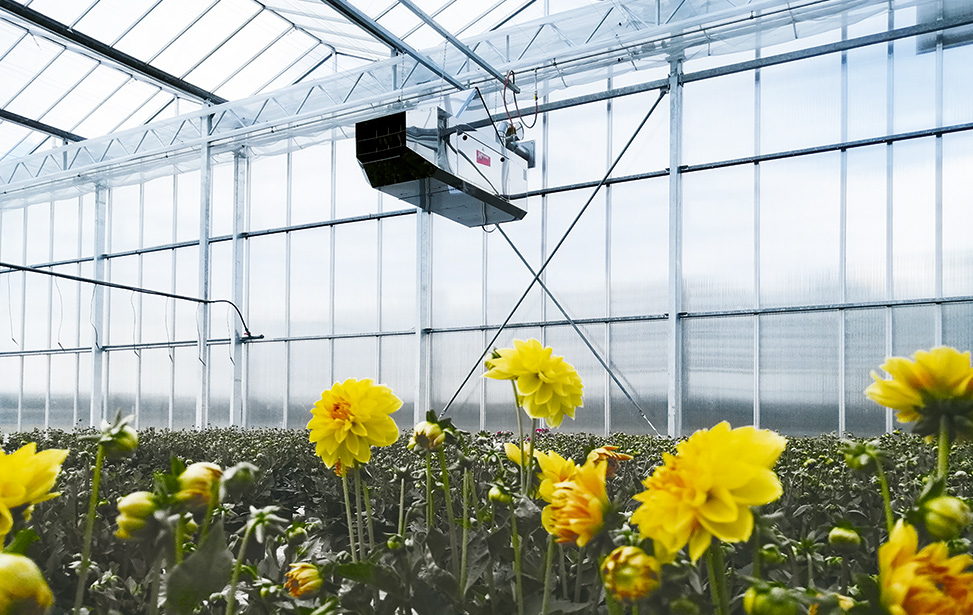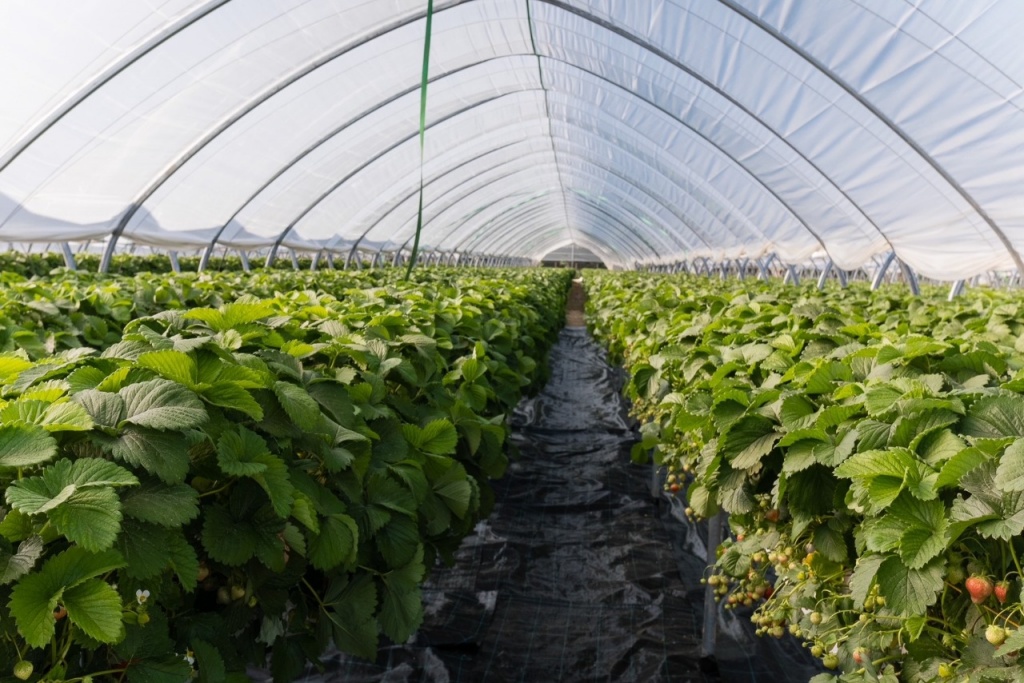#HorticultureLightingMarket #GreenhouseFarming #VerticalFarming #IndoorFarming
The horticulture lighting market is expected to grow significantly in the coming years, with a projected CAGR of 20% from 2023 to 2032. This growth is driven by the increasing demand for fresh produce, the need for year-round crop production, and the rising popularity of vertical and indoor farming.
Greenhouse farming is one of the major applications of horticulture lighting, as it allows for the cultivation of crops in controlled environments. With the help of artificial lighting, growers can extend the growing season and increase crop yields. Vertical farming, on the other hand, involves the use of stacked layers of crops in a controlled environment, which maximizes space and reduces water usage. Indoor farming, which is becoming increasingly popular in urban areas, also relies on horticulture lighting to provide the necessary light for plant growth.
The development of horticulture lighting technology has led to the creation of more efficient and cost-effective lighting solutions. LED lighting, in particular, has become the preferred choice for growers due to its energy efficiency and long lifespan. Additionally, advancements in smart lighting systems have made it easier for growers to monitor and control their lighting setups remotely.
The consequences of the growth of the horticulture lighting market are significant. With the ability to grow crops year-round and in controlled environments, growers can reduce their reliance on weather conditions and external factors that can affect crop yields. This can lead to increased food security and a more sustainable food system. Additionally, the use of horticulture lighting can reduce the need for pesticides and herbicides, as the controlled environment can prevent the spread of pests and diseases.
The horticulture lighting market is poised for significant growth in the coming years, driven by the increasing demand for fresh produce and the need for year-round crop production. With applications in greenhouse, vertical, and indoor farming, horticulture lighting technology is becoming more efficient and cost-effective, leading to a more sustainable and secure food system.












